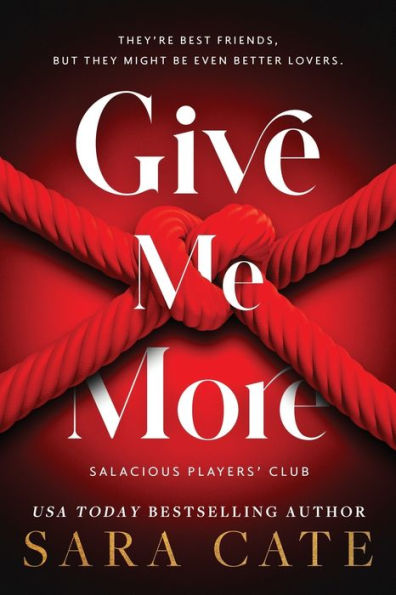Home
Do You Want More?!!!??! [LP]
Barnes and Noble
Do You Want More?!!!??! [LP]
Current price: $42.99
![Do You Want More?!!!??! [LP]](https://prodimage.images-bn.com/pimages/0602547261298_p0_v2_s600x595.jpg)
![Do You Want More?!!!??! [LP]](https://prodimage.images-bn.com/pimages/0602547261298_p0_v2_s600x595.jpg)
Barnes and Noble
Do You Want More?!!!??! [LP]
Current price: $42.99
Size: OS
Loading Inventory...
*Product information may vary - to confirm product availability, pricing, shipping and return information please contact Barnes and Noble
Because
the Roots
were pioneering a new style during the early '90s, the band was forced to draw its own blueprints for its major-label debut album. It's not surprising then, that
Do You Want More?!!!??!
sounds more like a document of old-school hip-hop than contemporary rap. The album is based on loose grooves and laid-back improvisation, and where most hip-hoppers use samples to draw songs together and provide a chorus,
just keep on jamming. The problem is that
' jams begin to take the place of true songs, leaving most tracks with only that groove to speak for them. The notable exceptions --
"Mellow My Man"
and
"Datskat,"
among others -- use different strategies to command attention: the sounds of a human beatbox , the great keyboard work of
Scott Storch
, and contributions from several jazz players (trombonist
Joshua Roseman
, saxophonist
Steve Coleman
and vocalist
Cassandra Wilson
). By the close of the album, those tracks are what the listener remembers, not the lightweight grooves. ~ John Bush
the Roots
were pioneering a new style during the early '90s, the band was forced to draw its own blueprints for its major-label debut album. It's not surprising then, that
Do You Want More?!!!??!
sounds more like a document of old-school hip-hop than contemporary rap. The album is based on loose grooves and laid-back improvisation, and where most hip-hoppers use samples to draw songs together and provide a chorus,
just keep on jamming. The problem is that
' jams begin to take the place of true songs, leaving most tracks with only that groove to speak for them. The notable exceptions --
"Mellow My Man"
and
"Datskat,"
among others -- use different strategies to command attention: the sounds of a human beatbox , the great keyboard work of
Scott Storch
, and contributions from several jazz players (trombonist
Joshua Roseman
, saxophonist
Steve Coleman
and vocalist
Cassandra Wilson
). By the close of the album, those tracks are what the listener remembers, not the lightweight grooves. ~ John Bush
![Talk That [LP]](https://prodimage.images-bn.com/pimages/0602557079845_p0_v1_s600x595.jpg)
![Another One [LP]](https://prodimage.images-bn.com/pimages/0817949011550_p0_v1_s600x595.jpg)
![Oh My [LP]](https://prodimage.images-bn.com/pimages/0602557174823_p0_v1_s600x595.jpg)
![Give the People What They Want [LP]](https://prodimage.images-bn.com/pimages/0823134003217_p0_v2_s600x595.jpg)
![Help! [LP]](https://prodimage.images-bn.com/pimages/0094638241515_p0_v3_s600x595.jpg)


![Everything [LP]](https://prodimage.images-bn.com/pimages/0766397468211_p0_v1_s600x595.jpg)
![Sigh No More [LP]](https://prodimage.images-bn.com/pimages/0892038002244_p0_v2_s600x595.jpg)
![The Top [LP]](https://prodimage.images-bn.com/pimages/0081227944063_p0_v3_s600x595.jpg)
![Are You Experienced? [LP]](https://prodimage.images-bn.com/pimages/0888430598515_p0_v1_s600x595.jpg)






